
 Print
Print
Meet With Culture | A Paragon of Imperial Gardens: Enduring Beauty of Symmetry
2024/12/30 10:44
Origin:中國(guó)網(wǎng)-中國(guó)習(xí)觀


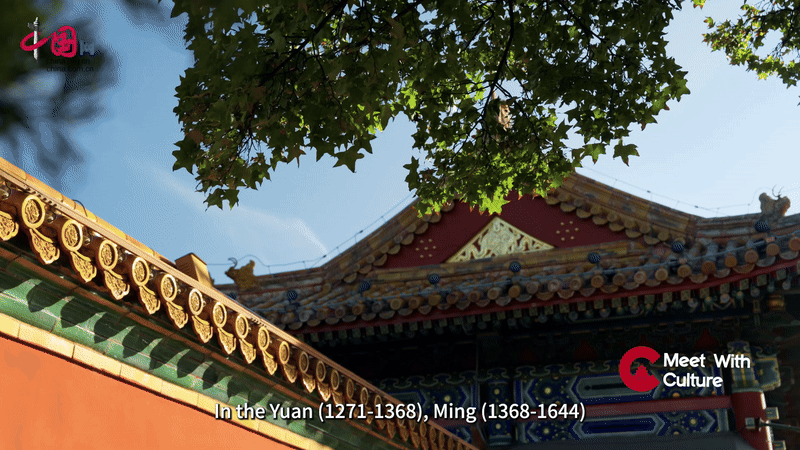
In the Yuan (1271-1368), Ming (1368-1644) and Qing (1644-1911) dynasties, Jingshan Park was the royal garden where the emperors climbed onto the hill to enjoy the scenery, worshiped their ancestors, and practiced farming themselves. Located in the heart of Beijing Central Axis, Jingshan Park faces the Palace Museum to the south and the Drum Tower to the north. The design of the garden also follows the aesthetics of symmetry, realizing the synergy of the part and the whole.
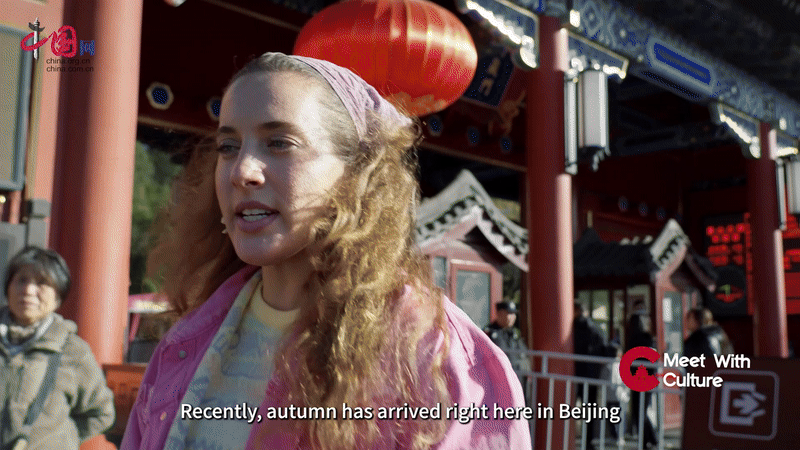
Jingshan Park was first built in the 12th century during the Dading reign of the Jin Dynasty (1115-1234). In the mid-13th century, Kublai Khan, the first emperor of the Yuan Dynasty, built Dadu, and transformed this place into an imperial garden. From then on, it had served as a royal garden.
During the Yongle reign the Ming Dynasty, the emperor ordered to dredge the Tongzi River of the Forbidden City as well as Taiye and Nanhai lakes, and the excavated sediments were piled up in a small hill in the former north garden. Over time, the hill grew up, with five peaks. This was how Jingshan (Prospect Hill) was formed.
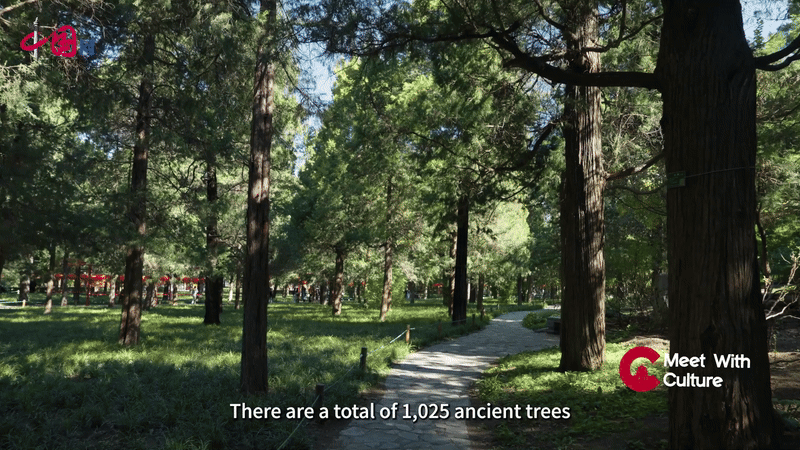
There are a total of 1,025 ancient trees in Jingshan Park, making it the place with the highest density of ancient trees along Beijing Central Axis. Across the park, these trees are distributed on both sides of building complexes, forming a symmetrical and regular layout.

During Emperor Qianlong's reign in the Qing Dynasty, in order to enhance the landscapes and cultural connotation of Jingshan Park, artisans built a glazed-roof pavilion on each of the five peaks of Prospect Hill, that is, the "Pavilions of Five Directions". Each pavilion enshrined a bronze statue of the Buddha representing sourness, bitterness, sweetness, pungency and saltiness, respectively, which symbolize the impermanence of life and the world. This symmetrical design not only reflects the exquisite skills of ancient Chinese architecture, but also shows the harmonious beauty of the royal garden.
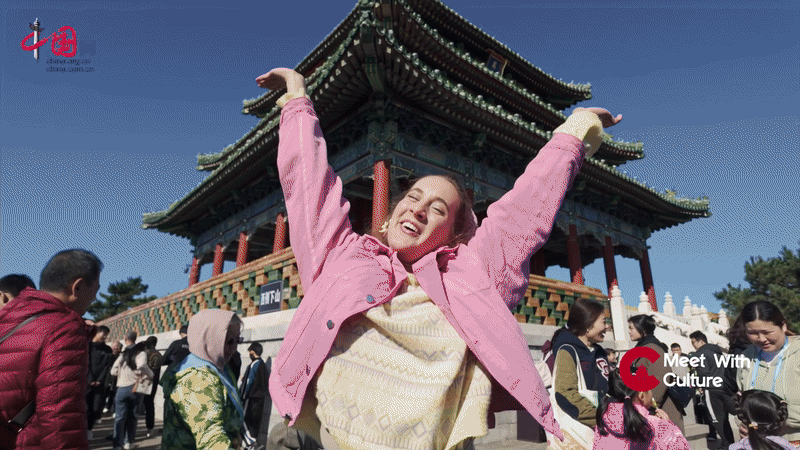
The Wanchun Pavilion is located in the geometric center of old Beijing. It was the commanding height of the whole city back then. The pavilion made up for the overly flat and monotonous topography of Beijing, forming a high point from which one could overlook the entire city. This design manifests ancient Chinese people's deep understanding of the importance of the center and commanding height for ancient urban planning, as well as their subtle use of symbolic expressions of power and social status.
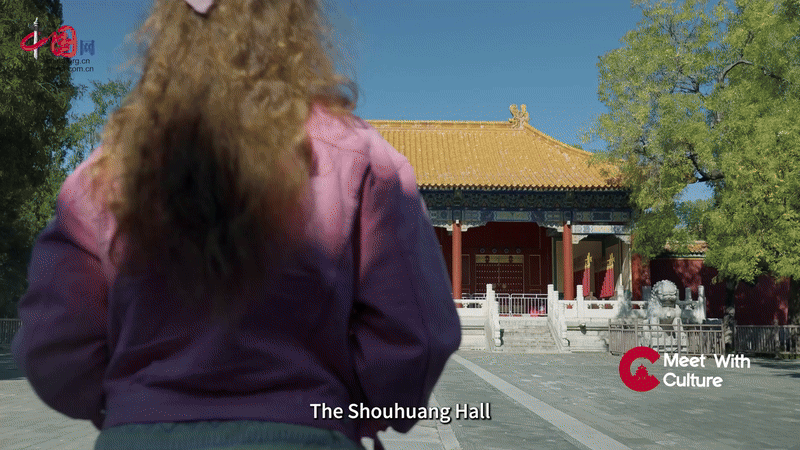
The buildings in Jingshan Park also adhere to the symmetrical layout of Beijing Central Axis. Standing on the central axis of the park are the South Gate, Qiwang Tower, Wanchun Pavilion and Shouhuang Hall, while the Guanmiao Pavilion and the Jifang Pavilion, the Zhoushang Pavilion and the Fulian Pavilion, and the Jixiang Pavilion and the Xingqi Pavilion are symmetrically distributed on both sides. This design achieves the synergy between the part and the whole and forms the artistic effect of symmetry and coordination.
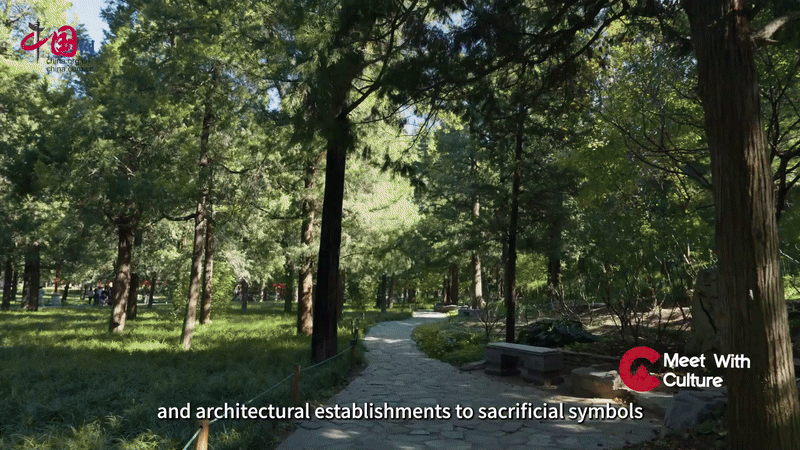
Today, Jingshan Park has transformed from a royal garden to a public park that integrates natural and cultural sights. From green plants and architectural establishments to sacrificial symbols, Jingshan Park embodies the Chinese nation's beautiful pursuit of harmony between heaven and earth. The harmonious beauty pursued by traditional Chinese gardens has been deeply embedded in the ancient city of Beijing and become an inseparable part of Beijing's profound history and brilliant culture.
(Executive Producer: Wang Xiaohui; Production Supervisor: Xue Lisheng; Line Producer: Yu Li; Chief Planner: Ding Suyun, Cao Chuanchuan; Planner: Li Ying; Translator: Liu Haile)
| Xinhua | China Plus
Copyright ? CCEDN.COM.CN. All Rights [京ICP備2024049485號(hào)-1] Tel: 0086-10-88820521

